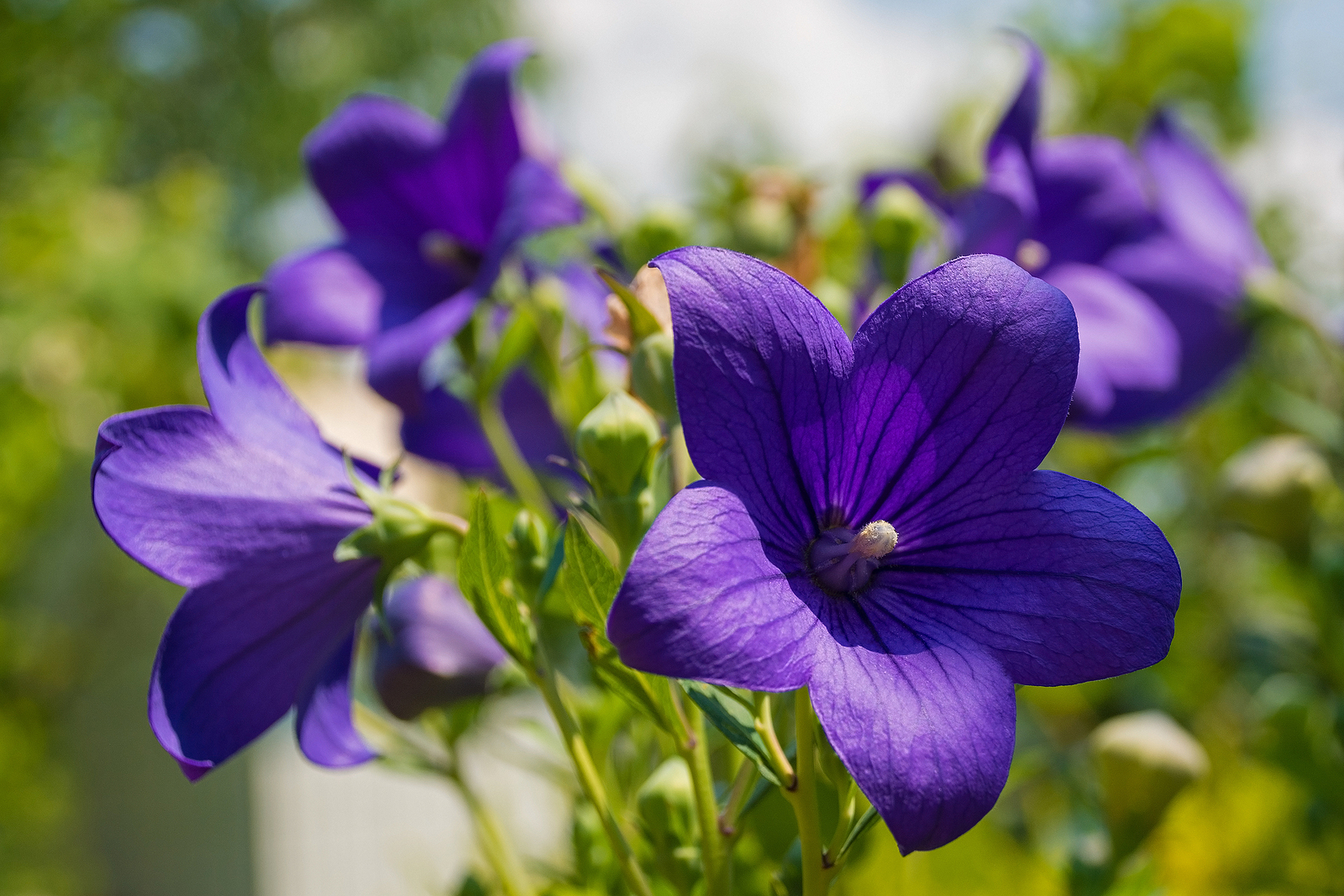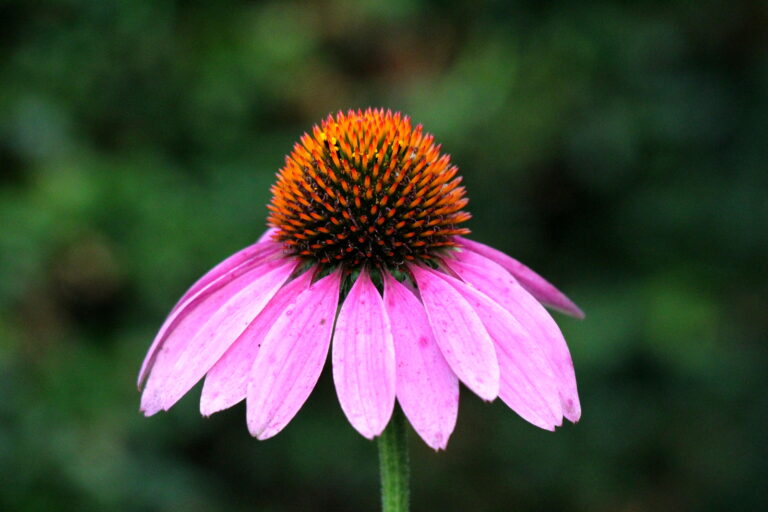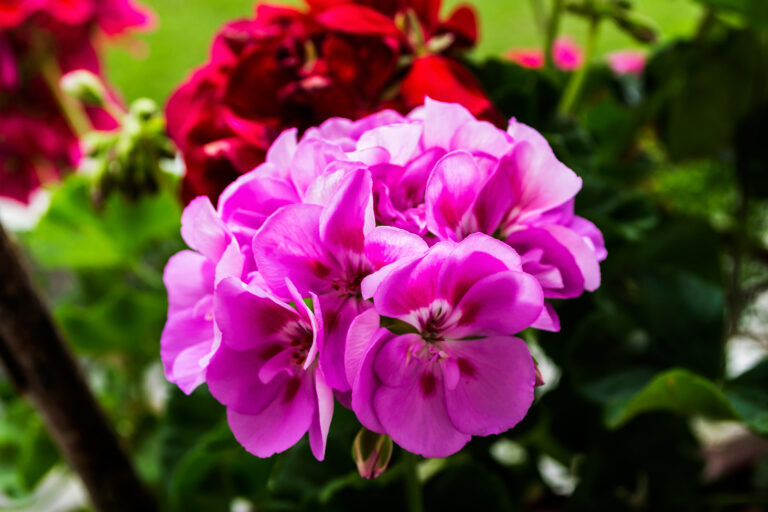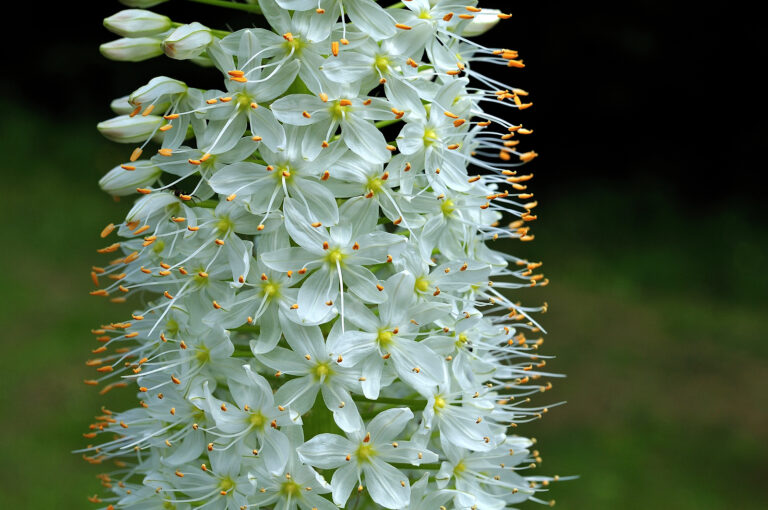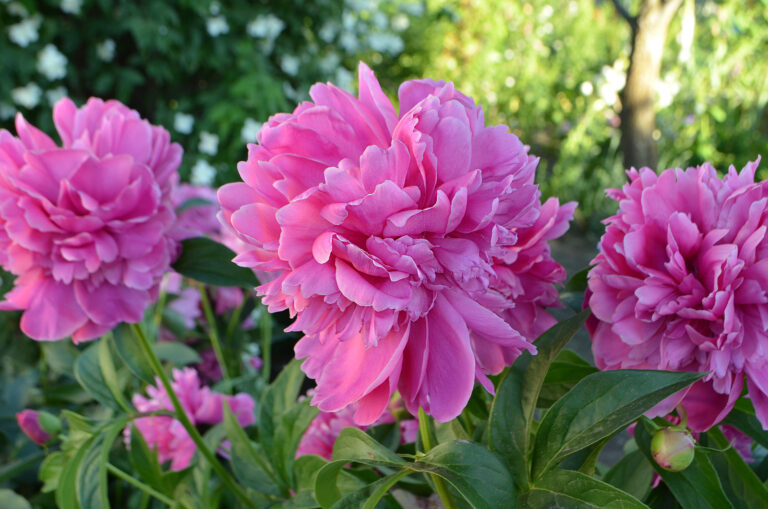How to Grow Bellflower — Campanula
Campanula–commonly called bellflower–are popular perennials and biennials covered with bell-shaped flowers. Varieties include small mounded plants and tall branched plants. There are nearly 300 species of bellflower.
Campana is Latin for “bell.” Campanula flowers are usually bell-shaped but can also be a star, cup, or saucer-shaped. Each flower has five “petals” or lobes. Flowers are usually borne in clusters. Flowers come in shades of blue, lilac, violet, and white. There is a campanula suited for nearly every garden.
Campanulas range in size from 6-inch ground-covering plants to 5-foot towering plants. Campanulas form clumps or rosettes of leaves from which the upright flowering stems rise bearing smaller-stemmed leaves. Flowers can be blue, lavender, purple, and white.
Plant Campanula in full to partial shade for the longest season of blooms.
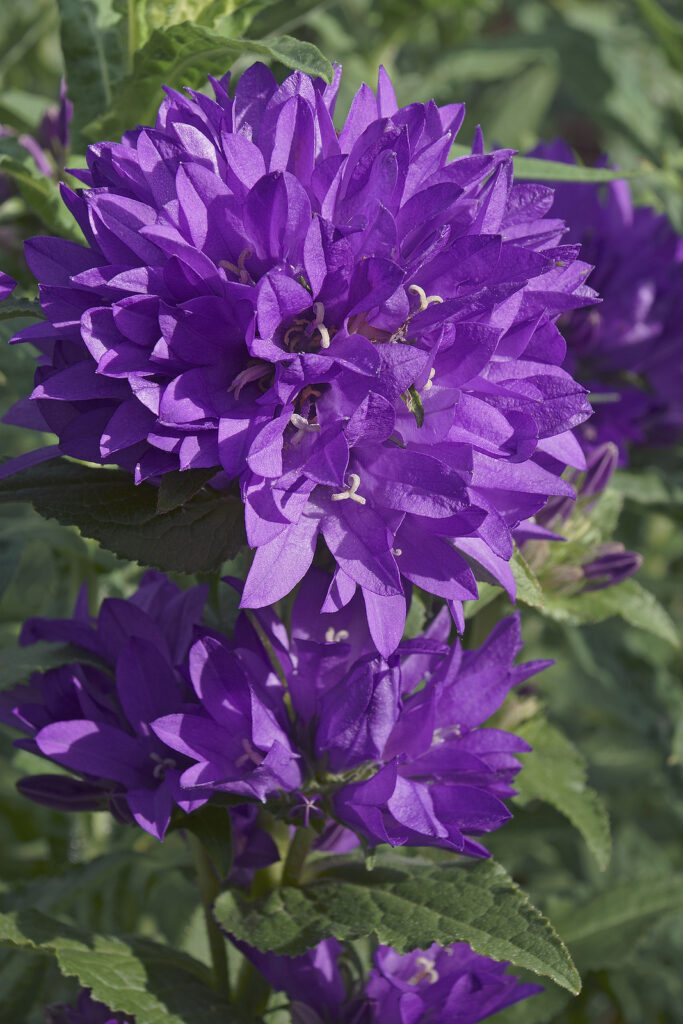
Get to know Campanula
- Plant type: Perennial, biennial, or annual
- Growing Zones and range: Zones 3 to 8 as perennials, Zones 3 to 9 as biennials and annuals
- Hardiness: Hardy to -30°F (-34°C); tolerates harsh winters and drought
- Height and width: most cultivars are 5 to 36 inches (12-91cm) tall and wide, some grow to 6 feet (1.8m) tall
- Foliage: Clump-forming, rosettes or tufts of bright-green, heart-shaped leaves from which flowering stems arise
- Flowers: Bell-shaped, cupped, lavender-blue flowers; some cultivars are purple and white
- Flower colors: Predominantly blue, also pink, rose, lavender, and white
- Bloom time: Midsummer to fall depending on the species
- Uses: Fill space in perennial beds, rock gardens, groundcover, rock walls, containers, hanging baskets
- Garden companions: Siberian iris, leopard’s bane, ferns
- Common name: Bellflower
- Botanical name: Campanula spp.
- Family: Campanulaceae
- Origin: Found widely in temperate zones of Nothern Hemisphere
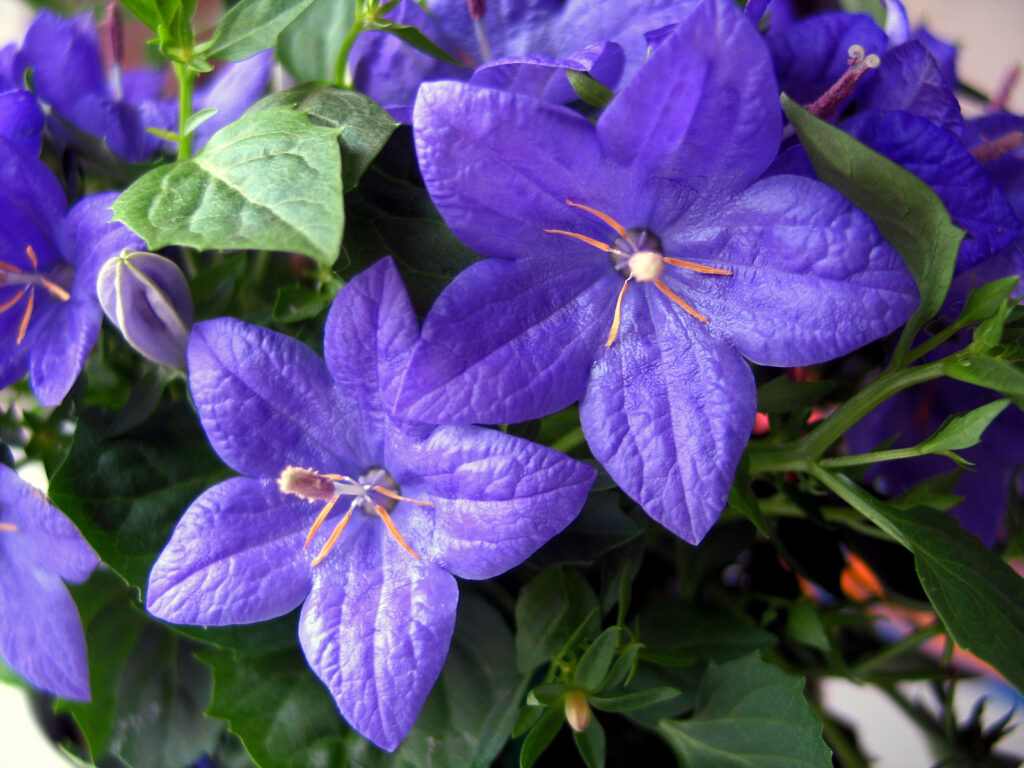
Where to plant Campanula
- Plant Campanula in full or partial shade in Zones 4 to 5; plant in partial shade in Zones 6 to 9.
- Grow Campanula in humus-rich, moisture-retentive, well-drained soil; will grow in average soil. Campanula can tolerate alkaline soil.
- Campanula grows best in a soil pH of 5.5 to 7.
Campanula uses and companions
- Plant Campanulas in beds and borders.
- Use Campanulas to fill space in perennial beds, rock gardens, groundcover, rock walls, containers, hanging baskets
- They will spill from hanging baskets and pots.
- Plant Campanulas with Shirley Poppies.
- Campanulas make long-lasting cut flowers.
- Good garden companions for Campanula include Alchemilla mollis, Aquilegia, Heuchera, Hosta, Siberian Iris, Thalictrum.
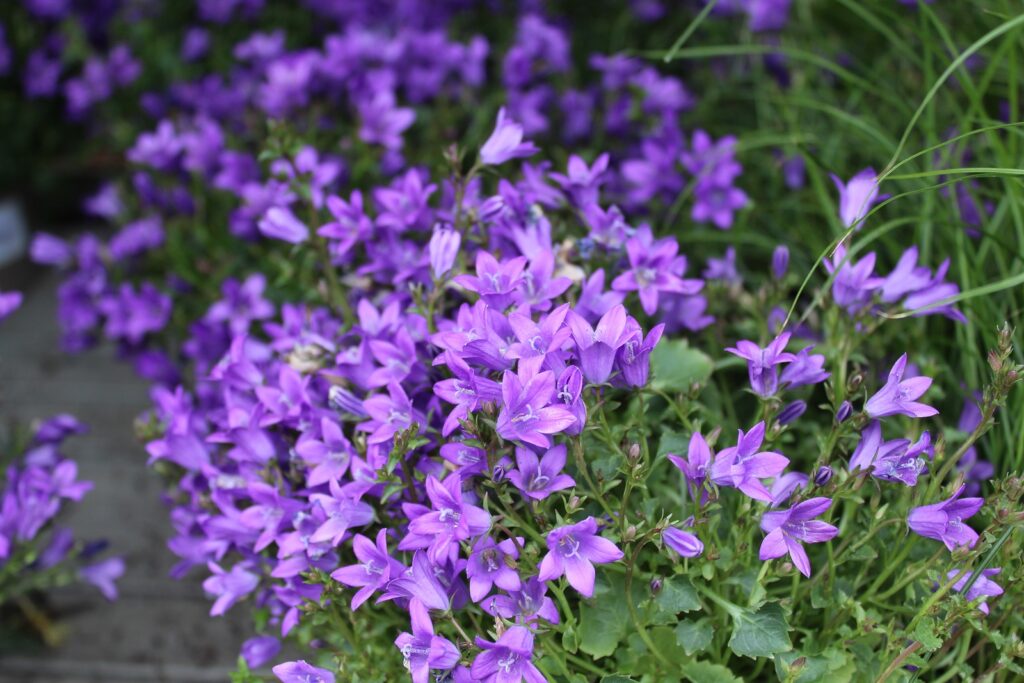
When to plant Campanula
- Set established plants in the garden in spring or fall.
- Sow seeds indoors in early spring for annuals and perennials or early fall for perennials and biennials.
- Sow seed outdoors in early spring or early fall.
- Set plants started indoors when plants have four or five true leaves—transplant perennials in late spring or fall. Biennials may be set out from late summer to fall, until two weeks before the first hard freeze.
Planting and spacing Campanula
- Sow seeds indoors in premoistened soil in a flat or six-pack; barely cover with soil. Keep seeds warm at 70°F (21°C) until seeds germinate in about two weeks.
- Direct seed-only species that thrive in your region.
- Set container-grown plants outdoors in spring after the last frost or in fall. Harden off plants before putting them in the garden.
- Space Campanula 8 to 10 inches (20-25cm) apart.

How to water and feed Campanula
- Keep the soil evenly moist. Campanula is drought tolerant but it is best to water in dry weather.
- Fertilize Campanula lightly with an all-purpose fertilizer at planting time.
- Fertilize with fish emulsion every two to three weeks during the growing season.
Campanula care
- Mulch around plants to keep the soil cool and moist.
- Cut back flowering stems after blossoms fade.
- Protect pants in winter by spreading 5 inches (12cm) of chopped leaves or straw.
Growing Campanula as a houseplant
- Campanula isophylla is often grown as a houseplant.
- Grow Campanula in a cool room with average or high humidity and direct light.
- The growing medium should be rich, well-drained, and evenly moist.
- Fertilize Campanula monthly from spring through fall.
- Pinch out growing tips if plants become leggy.
Campanula pests and diseases
- Exclude slugs with barrier strips of diatomaceous earth; bait them with shallow pans of beer set flush with the soil surface.
- Aphids may attack Campanula.
- Campanula is susceptible to botrytis blight, leaf spots, powdery mildew, and root and stem rot.
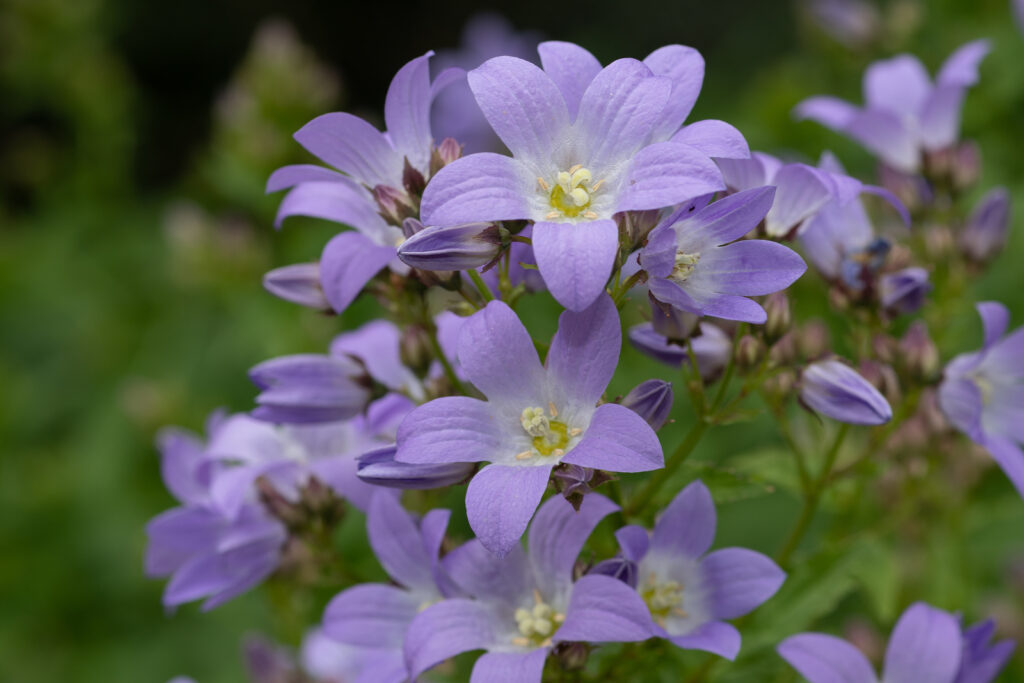
Campanula propagation
- Divide established overgrown clumps to keep the plants vigorous. Dig and divide clumps when they become crowded.
- Divide in fall or early spring.
- Sow seed indoors; leave seed uncovered as light promotes germination.
- Seeds germinate in 20 to 30 days at 65° to 70°F (18°-21°C).
- Plants grown from seed sown indoors in late fall will flower early the following summer but they must get artificial light through the winter during short days.
- Campanula takes 6 months to flower from seed; purchased transplants will provide the earliest blooms.
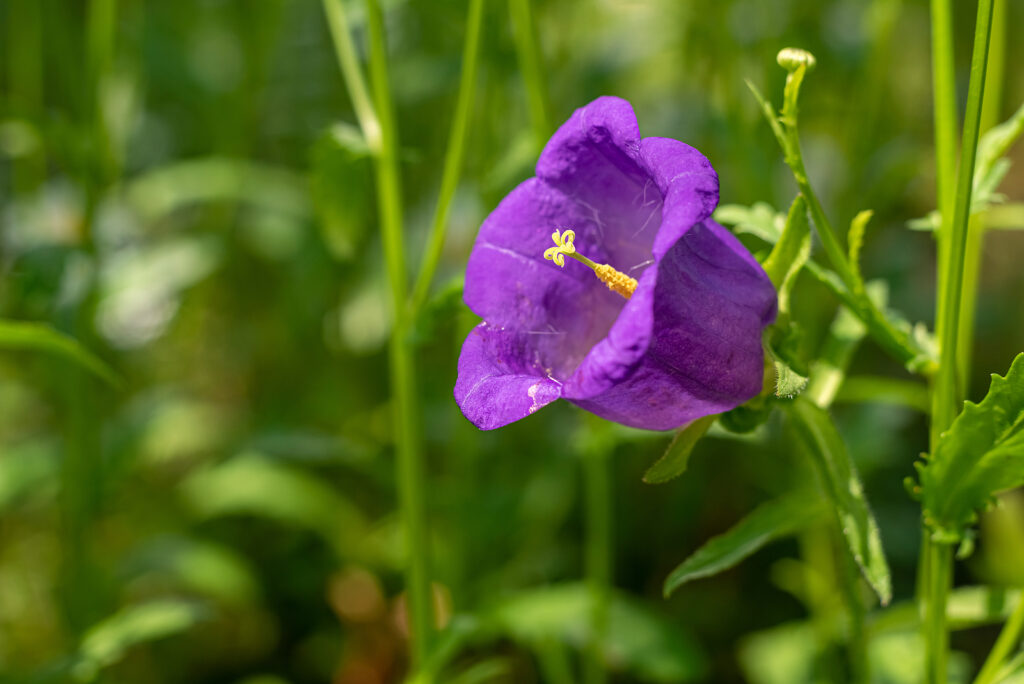
Campanula varieties to grow
- Campanula carpatica is known as Carpathian bellflower; it forms a mound of blue, violet, and white flowers in summer. Cultivars include ‘Blue Clips’, ‘White Clips’, ‘Bressingham White’, and ‘Jewel’.
- C. glomerata, clustered Bellflower, showy perennial, spikes topped by clusters of vibrant purple blossoms.
- C. isophylla, Italian bellflower. Trailing plant for cool regions; use as a groundcover or in hanging baskets.
- C. medium, Canterbury bells, showy biennial grow to 4 feet (1.2m) tall.
- C. persicifolia grows 2 to 3 feet (.6-.9m) tall and is quite heat tolerant.
- C. medium is an old-fashioned biennial that can grow to 4 feet (1.2m) tall. It blooms the second year after planting.
- C. portneschlagiana, Dalmatian bellflower, is trailing.
- C. lactiflora can send flowering stems to 5 feet (1.5m) high with domed clusters of blooms.
Campanula frequently asked questions
Q: Is the plant called star-of-Bethlehem the same Campanula that grows in the garden?
A: It’s not likely. Star-of-Bethlehem or Italian bellflower is Campanula isophylla which is often sold as a house plant in nurseries and by mail order. This is a trailing plant with beautiful gray-green foliage and a profusion of small star-shaped flowers from summer to late winter. Commonly grown outdoors are Carpathian bellflower (C. carpatica) and C. persicifolia.
Q: How can star-of-Bethlehem be grown in the house?
A: Grow star-of-Bethlehem (Italian bellflower) in sandy soil that has humus added. Place it in a sunny window in winter and light shade in summer. Keep the plant moderately moist in winter; water freely in summer. Feed the plant with a dilute solution of all-purpose indoor plant food when in growth. Propagate by cuttings in spring. Italian bellflower is one of the best of all summer-flowering trailing plants.

